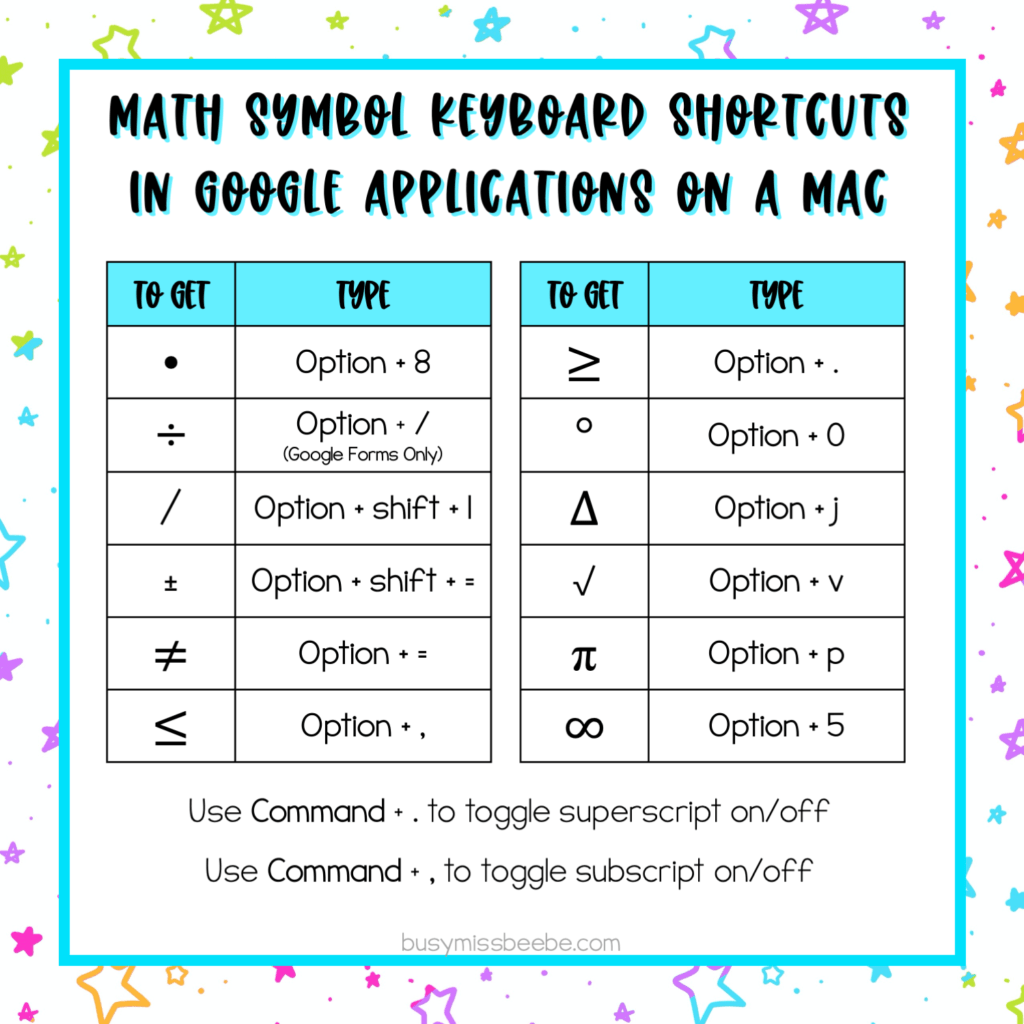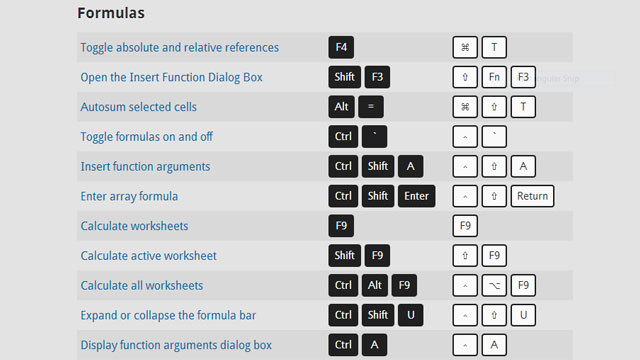
Returns 1 if the argument has been defined and evaluates without error, 0 if the argument has not been defined or returns an error.ġ, if gross_income has been defined and evaluates without error 0 otherwise.Įvaluates the first argument. The number of values to the left of the formula cell, in the same row.Įvaluates whether the argument inside the parentheses is defined. The average of all values to the right of the formula cell, in the same row.Ĭalculates the count of items identified inside the parentheses. The functions described in the following table are available for use in table formulas.Ĭalculates the absolute value of the value inside the parenthesesĮvaluates whether the arguments inside the parentheses are all TRUE.ġ, if the sum of the values to the left of the formula (in the same row) is less than 10 and the sum of the values above the formula (in the same column, excluding any header cell) is greater than or equal to 5 0 otherwise.Ĭalculates the average of items identified inside the parentheses. Note: Formulas that use positional arguments (for example, LEFT) do not include values in header rows. You can use positional arguments (LEFT, RIGHT, ABOVE, BELOW) with these functions:Īs an example, consider the following procedure for adding numbers by using the SUM function and positional arguments.
#Shortcut for formula in word mac update#
You can select multiple formulas by holding down the key while you make selections.Ĭontrol + click the formula, and then click Update field. Select the formulas that you want to update. You can also cause Word to recalculate the result of one or more specific formulas. Word calculates the result of a formula when you insert it in a document and when Word opens the document that contains the formula. You can type in the Formula box, select a number format from the Number Format list, and paste in functions and bookmarks using the Paste Function and Paste Bookmark lists. Use the Formula dialog box to create your formula. If the cell is not empty, delete its contents.Īlternatively, on the Table menu, click Formula.

Select the table cell where you want your result. If your Word window is narrow, first click Data to open its menu, and then click Formula. If your Word window is wide, click Formula, which appears directly the ribbon. When you place the cursor in a table cell, or select text in a table, Word displays the Table Design and Layout tabs, which are normally hidden. Place the cursor in the table cell where you want to create or modify a formula. The procedures in this topic describe using the Table menu to open the Formula dialog box, but you can also open the Formula dialog box by clicking Formula on the Layout tab.

In the Formula dialog box, you can edit formulas, select number formats, select functions to paste into a formula, and paste bookmarks. To add or modify formulas in Word, you must open the Formula dialog box.

Use bookmarknames or cell references in a formula In this articleĮxamples: Sum numbers in a table by using positional arguments For more information about field codes, see Field codes in Word. Note: Formulas in tables are a type of field code.


 0 kommentar(er)
0 kommentar(er)
